NASA has selected two game-changing space technology projects for development. The larger of the two awards has gone to NASA’s “Ride the Light” concept which seeks to provide external power on demand for aerospace vehicles and other applications. The concept uses beamed power and propulsion produced by commercially available power sources such as lasers and microwave energy. The project will attempt to develop a low-cost, modular power beaming capability and explore multiple technologies to function as receiving elements of the beamed power.
This combination of technologies could be applied to space propulsion, performance and endurance of unpiloted aerial vehicles or ground-to-ground power beaming applications. Development of such capabilities fulfills NASA’s strategic goal of developing high payoff technology and enabling missions otherwise unachievable with today’s technology.
NASA has awarded approximately $3 million for concept studies to multiple companies during this first phase of the Ride the Light project. Systems engineering and analysis during this first phase of the Ride the Light project will be done by Teledyne Brown Engineering in Huntsville, Ala.; Aerojet in Redmond, Wash.; ATK in Ronkonkoma, N.Y.; Carnegie Mellon University in Pittsburgh; NASA’s Jet Propulsion Laboratory in Pasadena, Calif.; and Teledyne Scientific, Boeing, and the Aerospace Corp., all located in Los Angeles. Following these studies, NASA expects to make an implementation decision in 2013.
The funding comes from NASA’s Game Changing Technology Division, which focuses on maturing advanced space technologies that may lead to entirely new approaches for the Agency’s future space missions and solutions to significant national needs.
NASA also has selected Amprius Inc. of Menlo Park, Calif., to pursue development of a prototype battery that could be used for future agency missions. Amprius is teaming with JPL and NASA’s Glenn Research Center in Cleveland on the project, with an estimated value of $710,000 for one year of development.
The Amprius project will focus on the material optimization of silicon anodes and electrolyte formulation to meet the agency’s low-temperature energy requirements. Amprius developed a unique ultra-high capacity silicon anode for lithium ion batteries that will enable NASA to dramatically improve the specific energy of mission critical rechargeable batteries. NASA requirements are unique because of the extremely low temperatures encountered in space.
“NASA’s Game Changing Technology Development program uses a rolling selection process to mature new, potentially transformative technologies from low to moderate technology readiness levels — from the edge of reality to a test article ready for the rigors of the lab,” said Space Technology Director Michael Gazarik at NASA Headquarters in Washington. “These two new projects are just the beginning. Space Technology is making investments in critical technology areas that will enable NASA’s future missions, while benefiting the American aerospace community.”
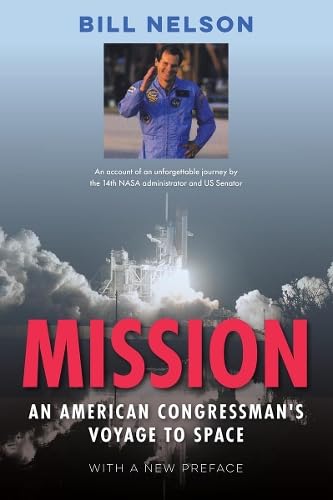
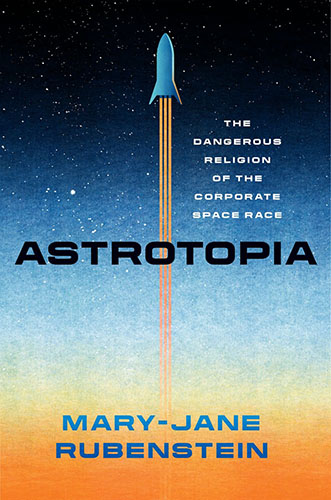
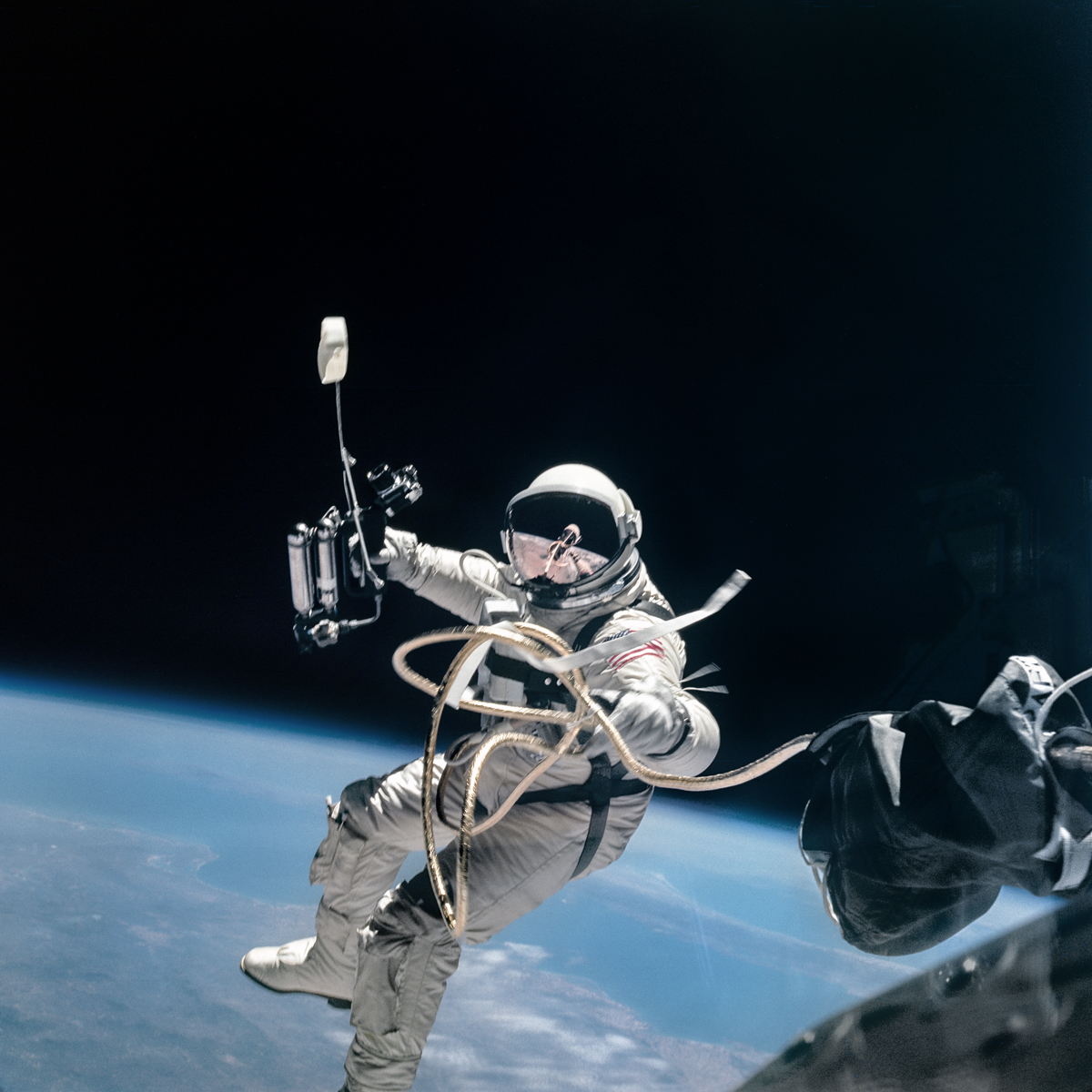
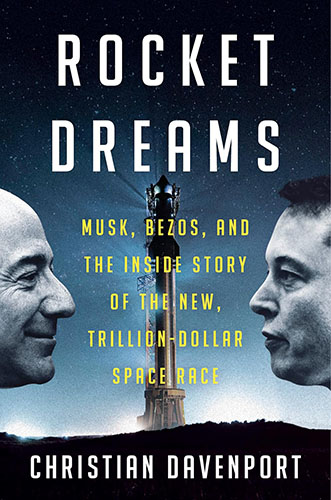
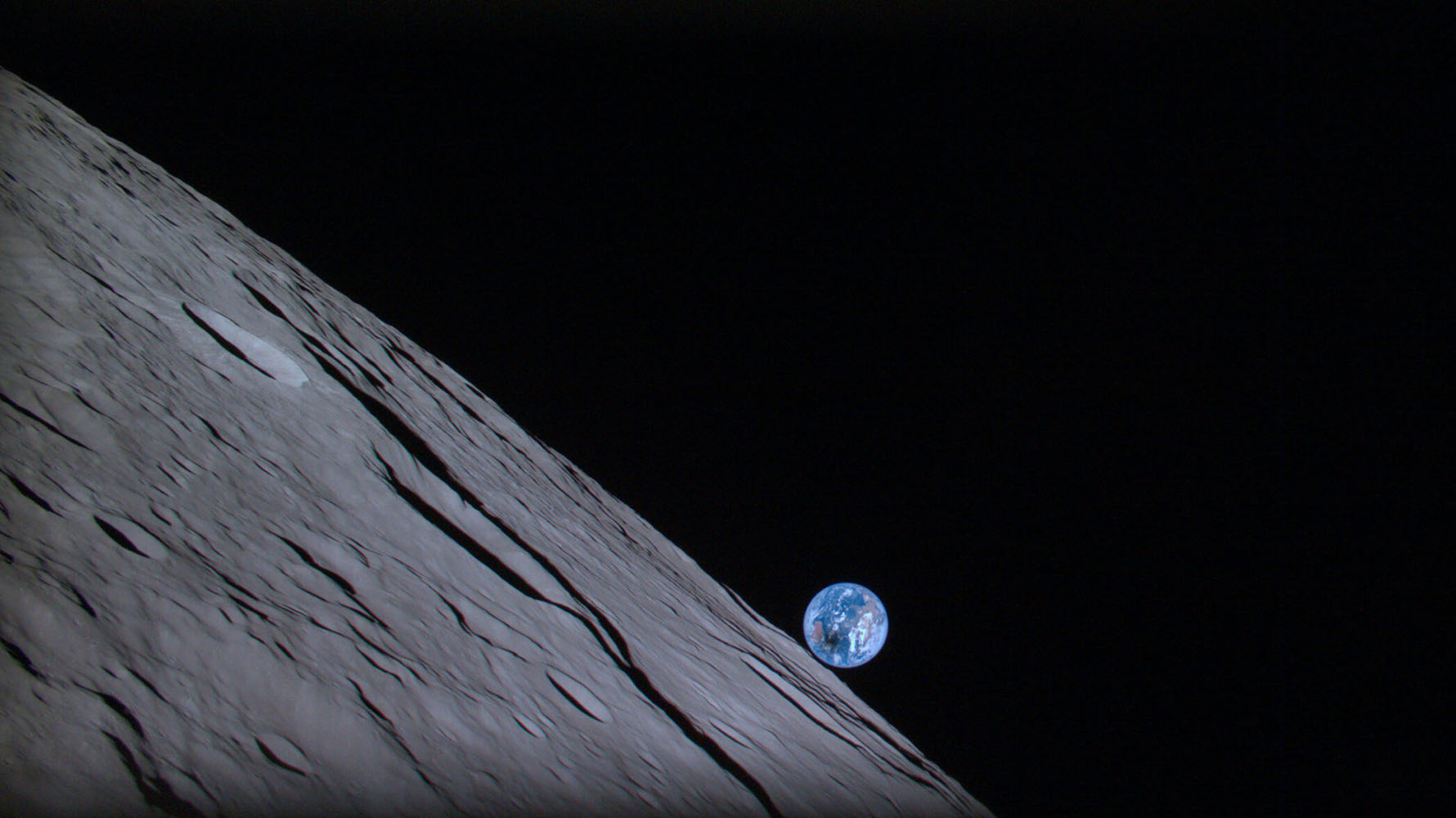
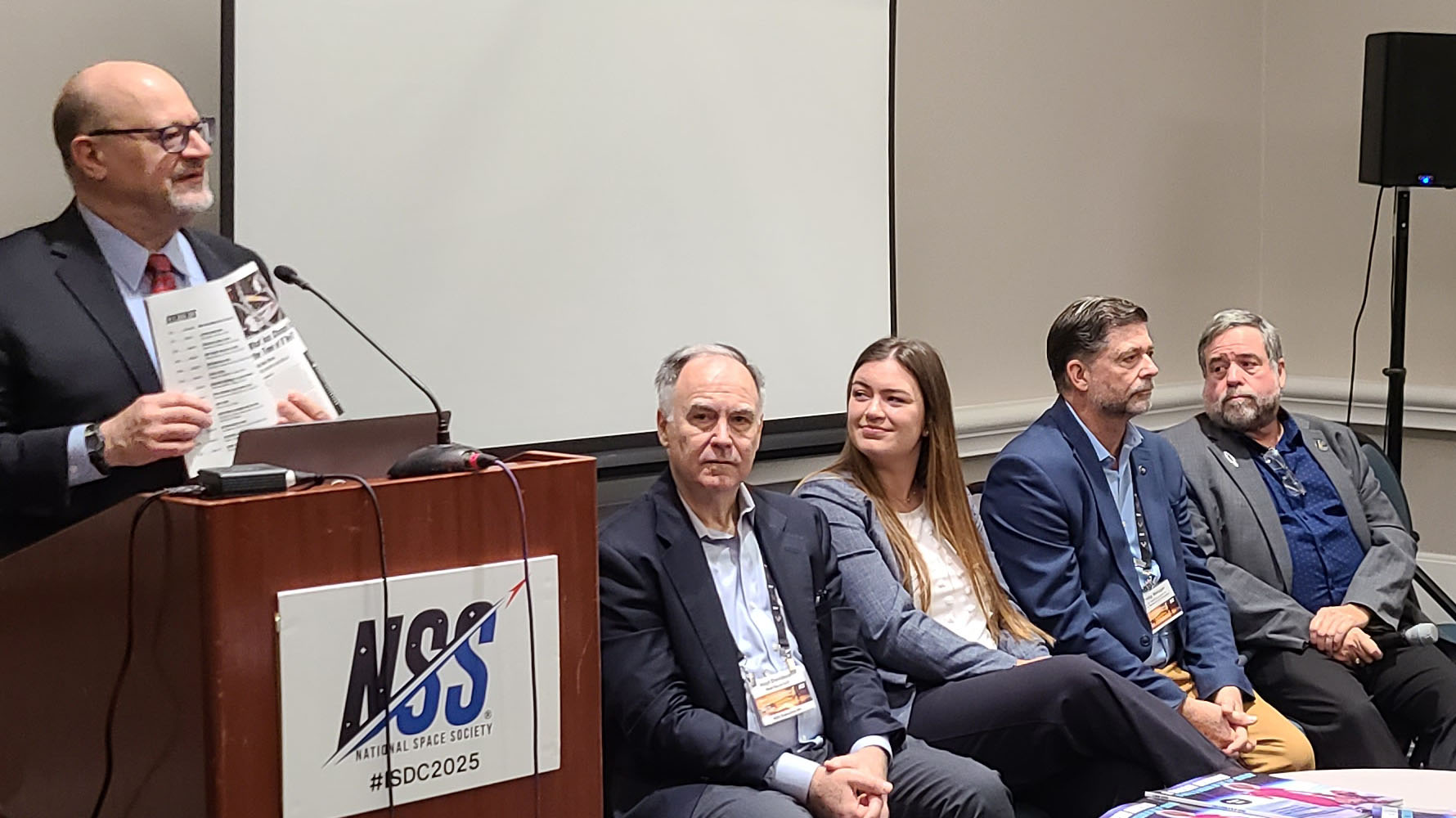
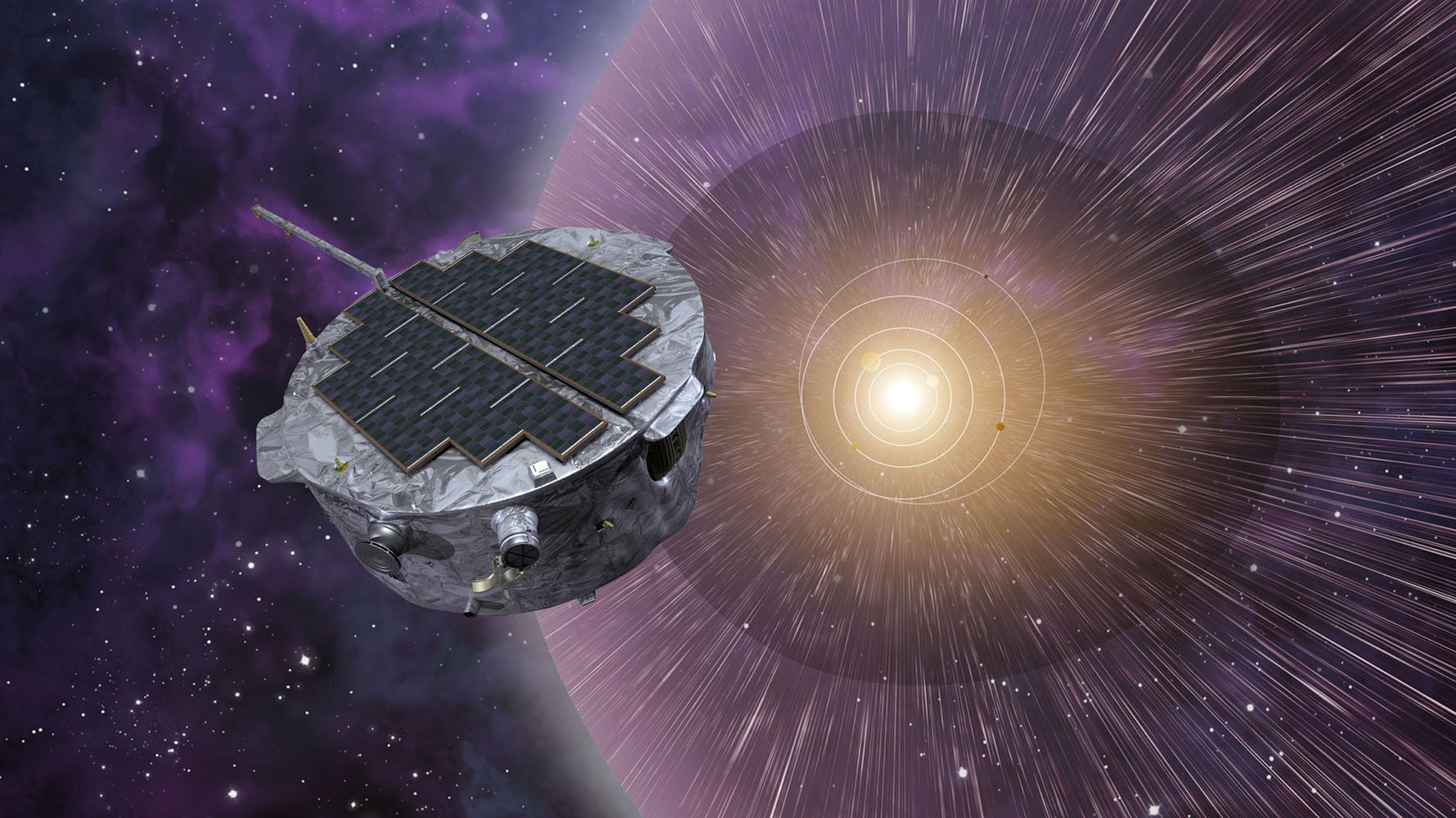
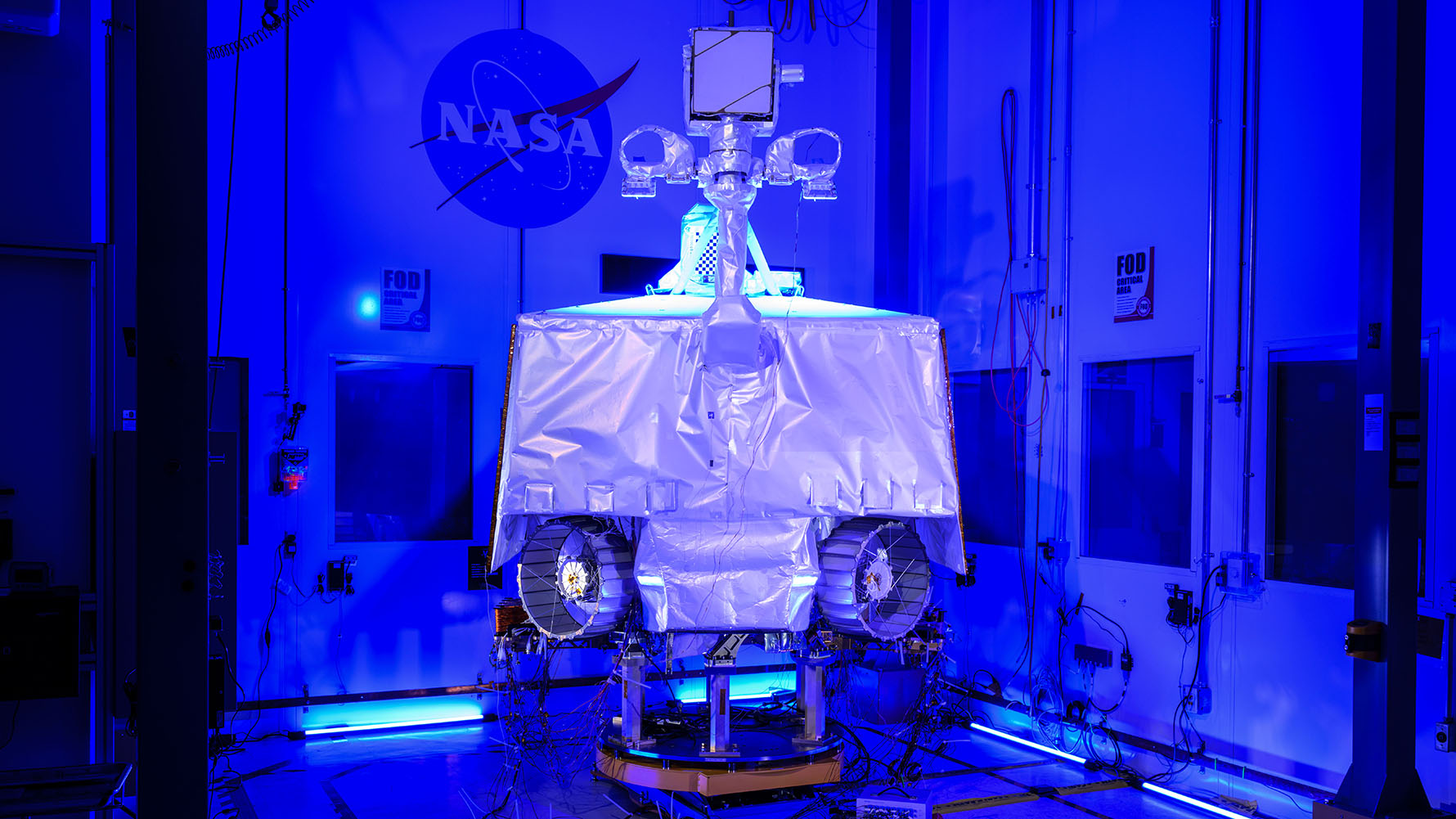
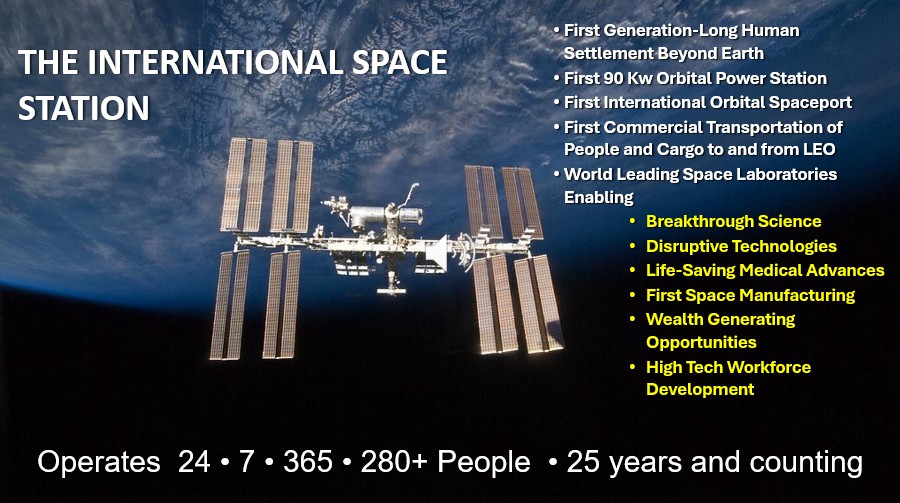
2 thoughts on “NASA's "Ride the Light" Program”
Looks like real pioneers like Liek Myrabo or commercial companies doing the work like Lasermotive will be “crowded out” by the usual crony capitalist ploy of government agencies picking “winners” and “losers”. Why would a private investor risk his money on Myrabo or Lasermotive if the competators get massive amounts of taxpayer dollars to develop competing technologies?
The sad thing is most of these projects end inconclusively as the government loses interest or more powerful “cronies” can compete for the same slice of government pie, so in the end we still don’t see results but much time and resources are wasted….
Who knows maybe a possible use of developement of practical uses for Magnetic Reconnection in a plasma?